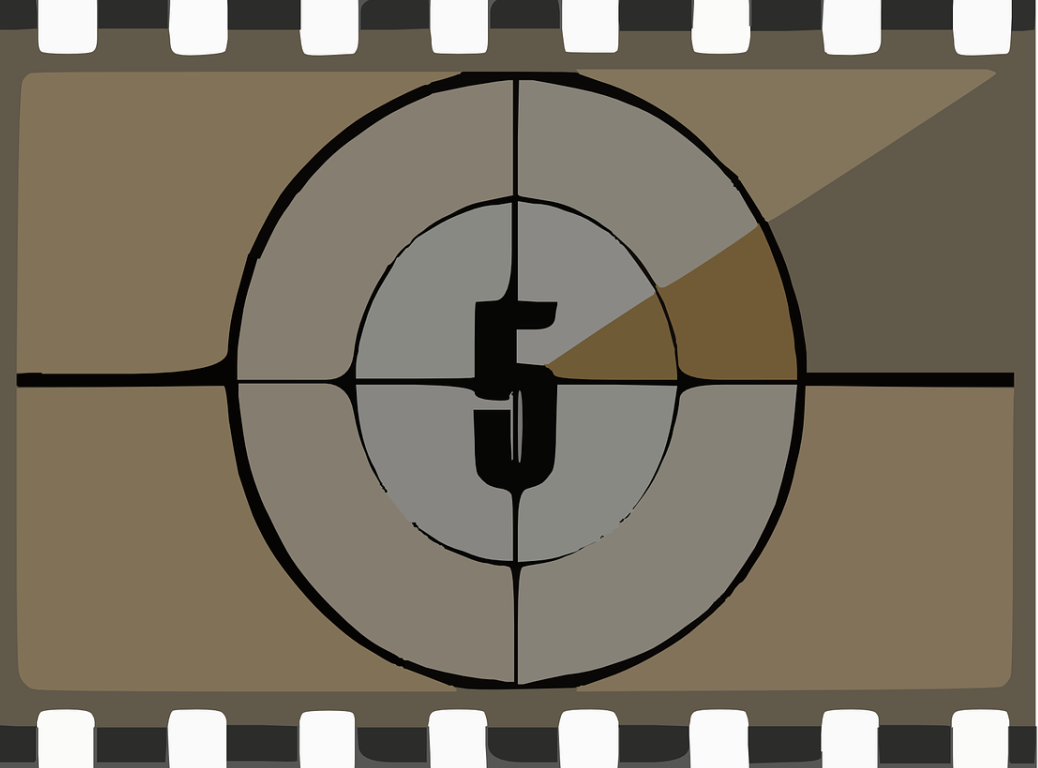This is not a countdown, it is one strategy of many, to remember how to calm down in case of a panic attack. It utilizes your five senses, and helps refocus your mind to engage in mindfulness. Not only does it work to stop the panic, it can also lead to a sense of calm. Incorporated along with other strategies, it can help you overcome years of anxiety provoking attacks that paralyze you.
The process
Target all five senses wherever you may find yourself during the attack. The great thing about this exercise is that no one will be aware you are doing it, so it won’t add to the stress. There are a couple of ways of approaching it:
- Focus on each sense once, then continue through the cycle until you are calm or have run out of things to identify with your senses; or
- Pick one of the senses and find 5 instances of it in your immediate surroundings (sight or sound are usually readily available), then choose another sense and find 4 instances of it, then the next for 3, and so on until you get through all five senses. Repeat the cycle if at the end you are still feeling anxious, and try to find different answers if possible.
Engaging activities
Knowing what to search for can help make this exercise easier, below are some examples. By taking the time to focus on your senses, you are giving your brain the opportunity to slow down and focus on a task. This is what being mindful is about. By refocusing your energy, you are taking away the power that a panic attack unleashes on you. You can even try these techniques before an important meeting, or a performance, or before having an encounter with a new friend. By learning to shift your focus, you learn to be present, and you take back control.
Smell
What do you smell in the air? Are you wearing a scent on your wrist? Are there flowers nearby? Did someone just cut the grass? Did an old car drive by leaving behind the smell of burnt oil? Is that an apple pie in the oven?
Touch
What is in your proximity that you can touch. Do you have jeans on? How does the fabric feel against your legs? Is it different against your hand? Are you wearing a super-soft t-shirt? How does the zipper on your coat feel in comparison to that? Does the tree bark have a rough texture to it? How does the railing feel? And the wall it’s adjacent to?
Sound
Zero in on one sound amongst all the others. Is it a bird chirping away in a near tree? Are the leaves rustling in the wind? Did a driver just honk the car horn? Is the neighbour shovelling the snow? Can you hear your own footsteps on the sidewalk?
Sight
In the urban landscape, you can find countless objects with various features. Is the building made of glass taller than the concrete one? Is this a birch tree? Are there new light fixtures on the street? What colours are on the mural? Is there smoke coming out of the chimney?
Taste
If you aren’t near any food or beverage, can you still taste what you last consumed? If you have a snack in your bag, is it sweet, salty, bitter or sour? What’s your favourite food and think of what it would taste like right now if you took a bite. Have you discovered a new spice you like adding to your foods? And how does that change the overall flavour profile of your meals?
Be ready to face your next panic attack, do a practice round when you are calm.
By learning to focus on your senses, you can be mindful and get past the panic. With time, you get better and faster at doing the exercise, and you will also be triggered faster to engage in it with subsequent attacks or moments of increased anxiety. In some ways this strategy may seem silly when you first think about it, but think of it as a game, similar to “I spy with my little eye” the grown-up version! Give it a try when you are having a good moment at home with no interruptions. Notice if you feel anything. You may notice your attention straying at times, just bring it back to the exercise to at least identify each sense at least once. Now you will have a reference point when you try it under not so ideal conditions.
IMAGE CREDIT: Pixabay | Clker.

